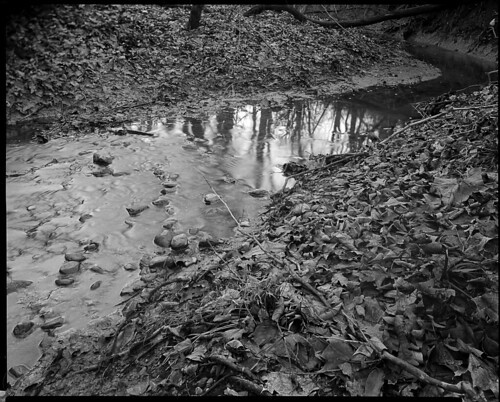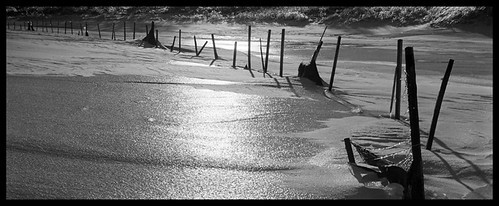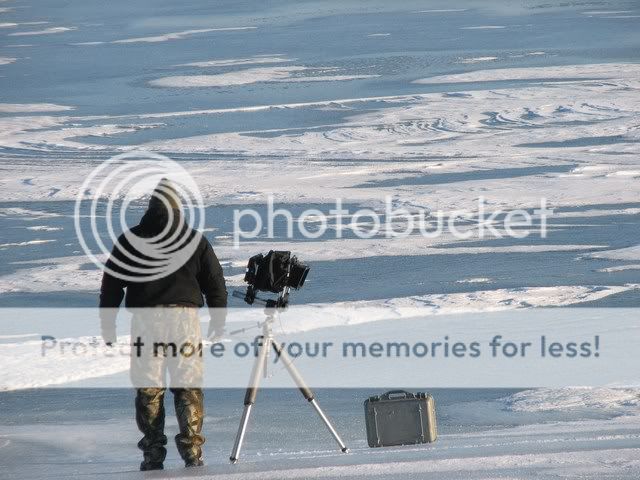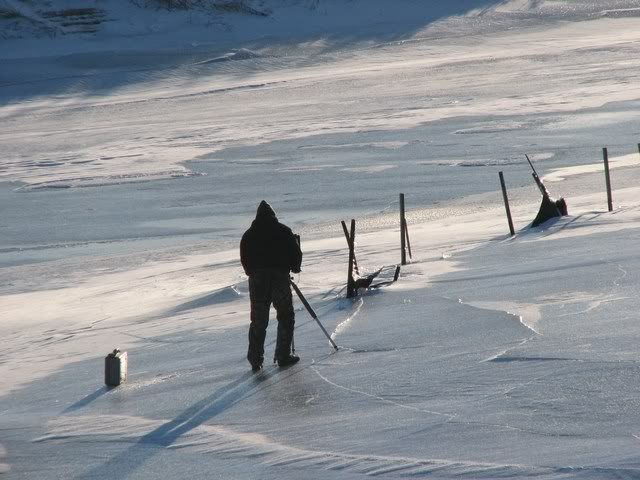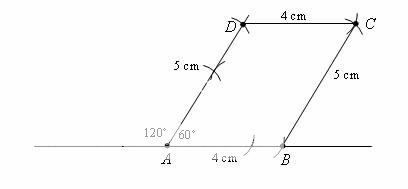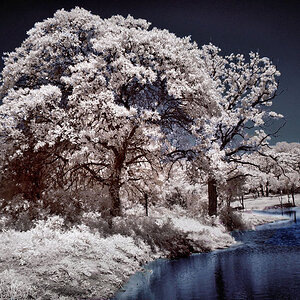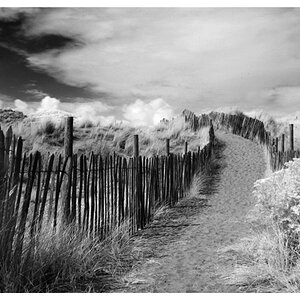Christie Photo
No longer a newbie, moving up!
- Joined
- Jan 7, 2005
- Messages
- 7,199
- Reaction score
- 148
- Location
- Kankakee, IL
- Website
- www.christiephoto.com
Pete, regarding your comment on application in landscape work, I use slight tilt a great deal...
Interesting. Can you post a sample?
I doubt it would be evident in a sample.
Erie... don't you agree? Especially working with lenses that short, a person would be hard pressed to see the benefit... unless there are some big, puffy clouds in the sky... out of focus.
-Pete



